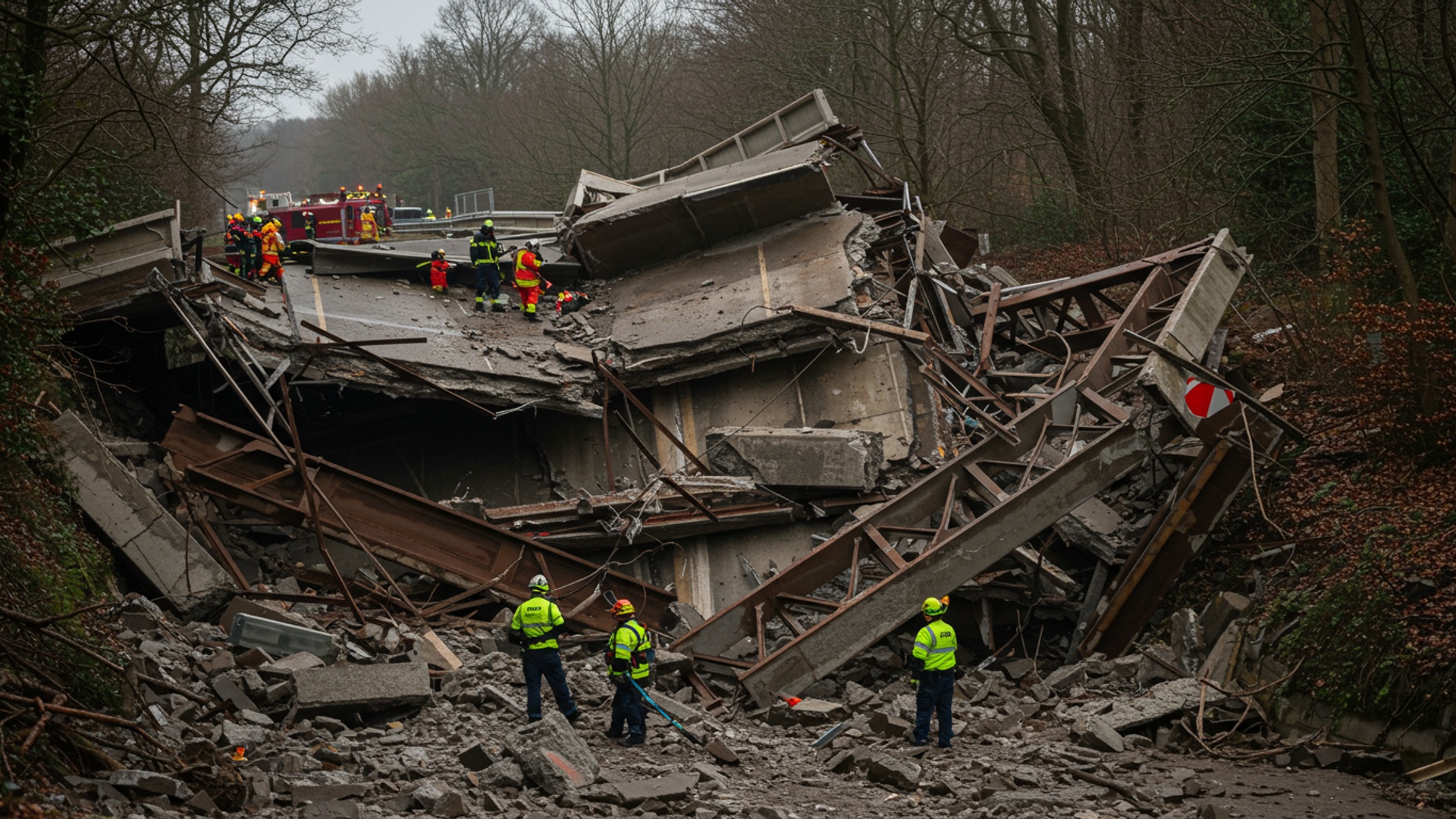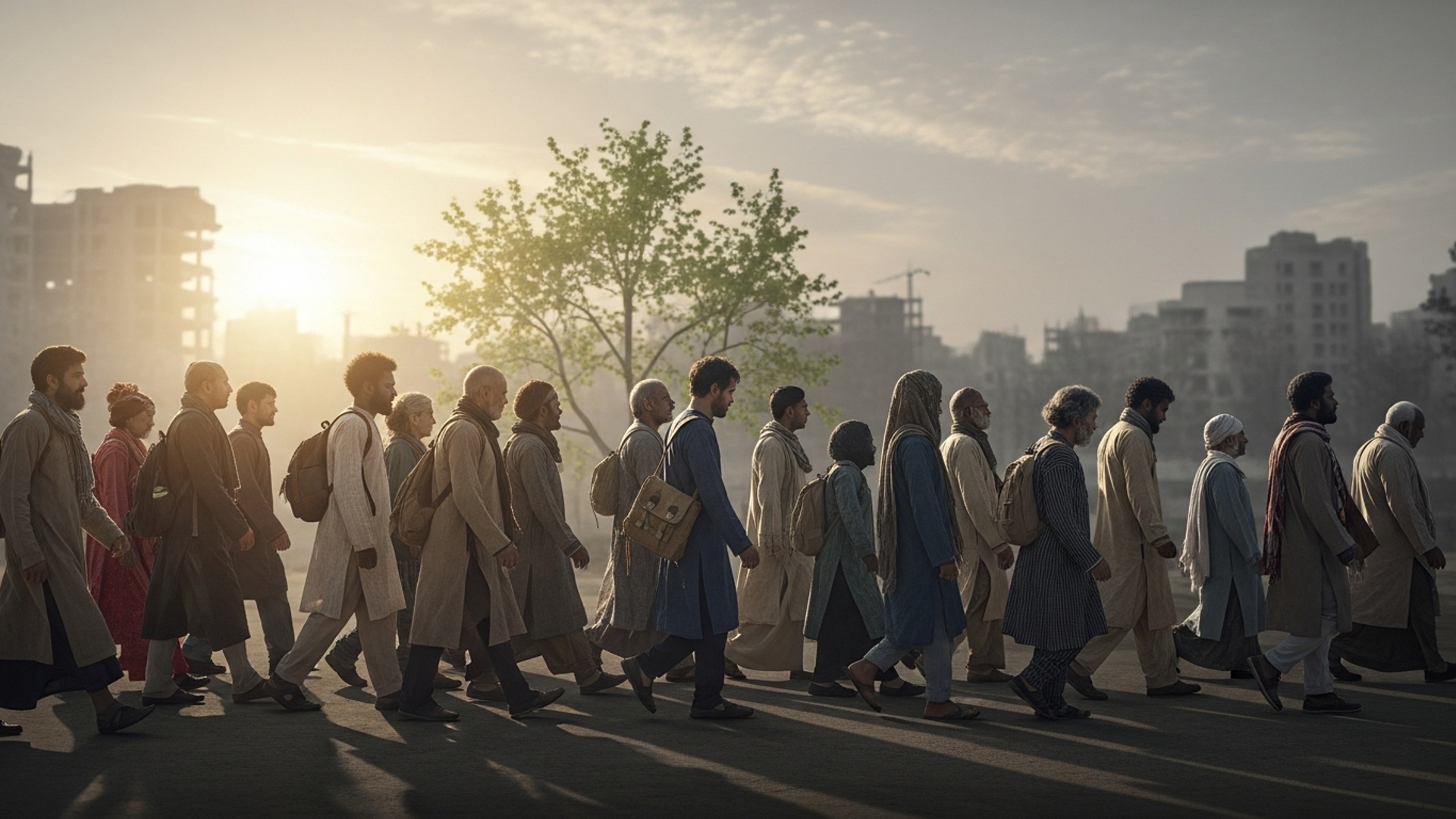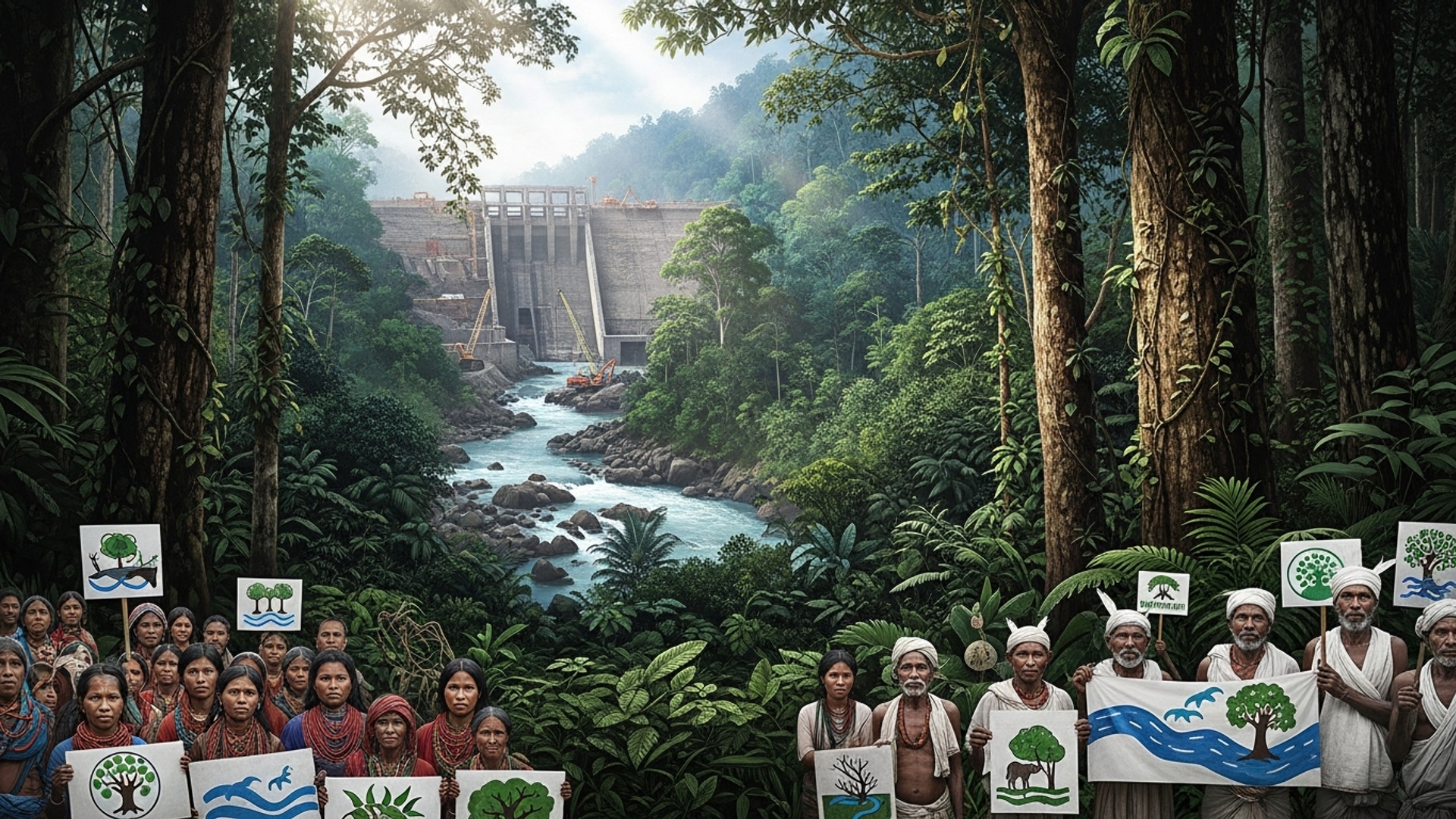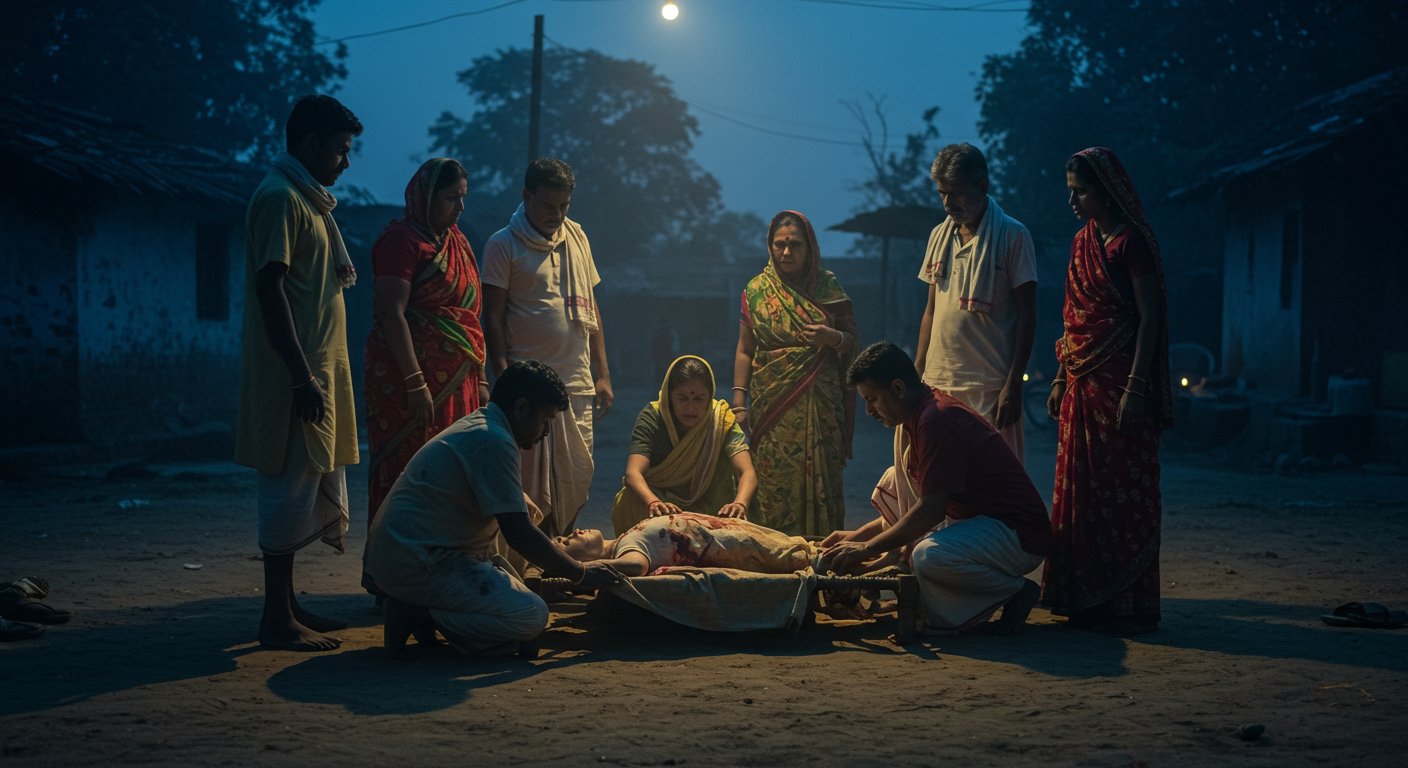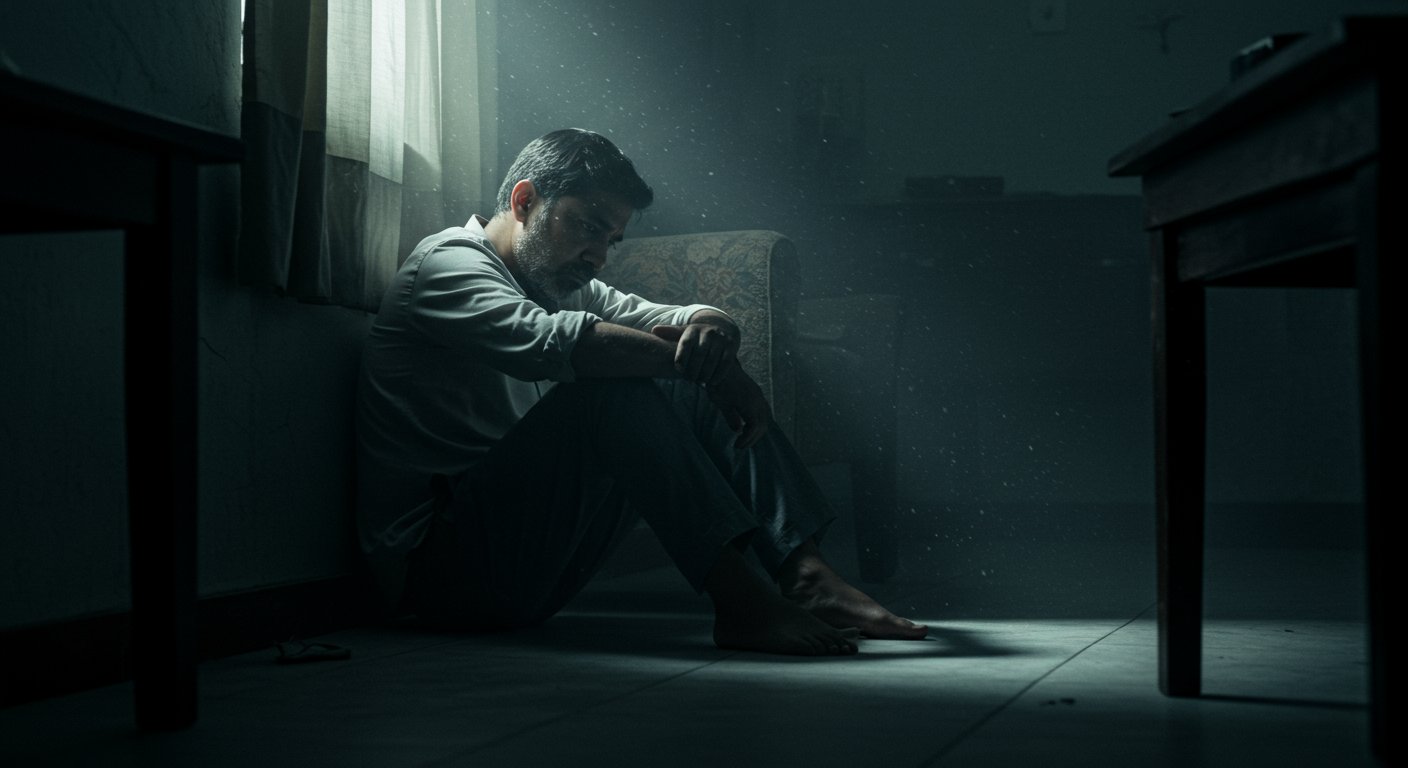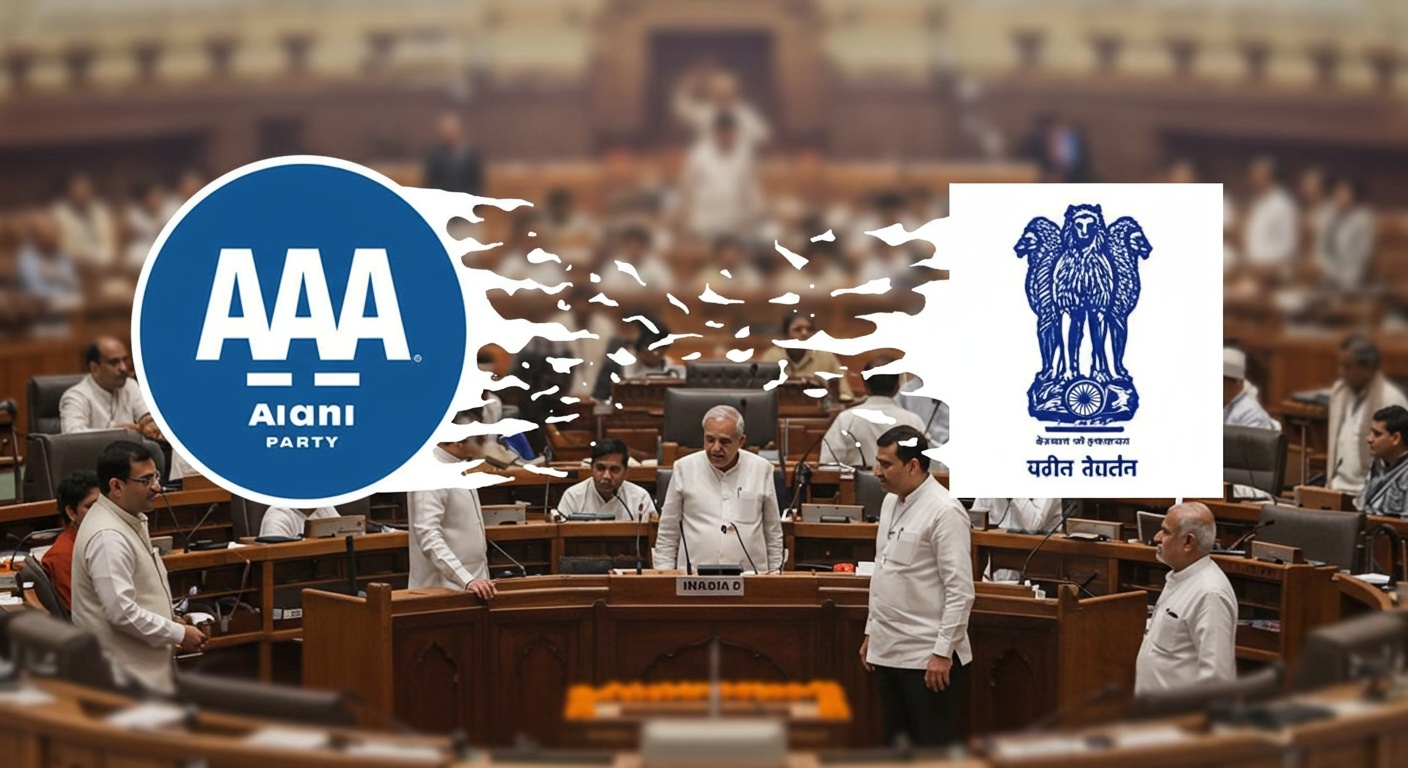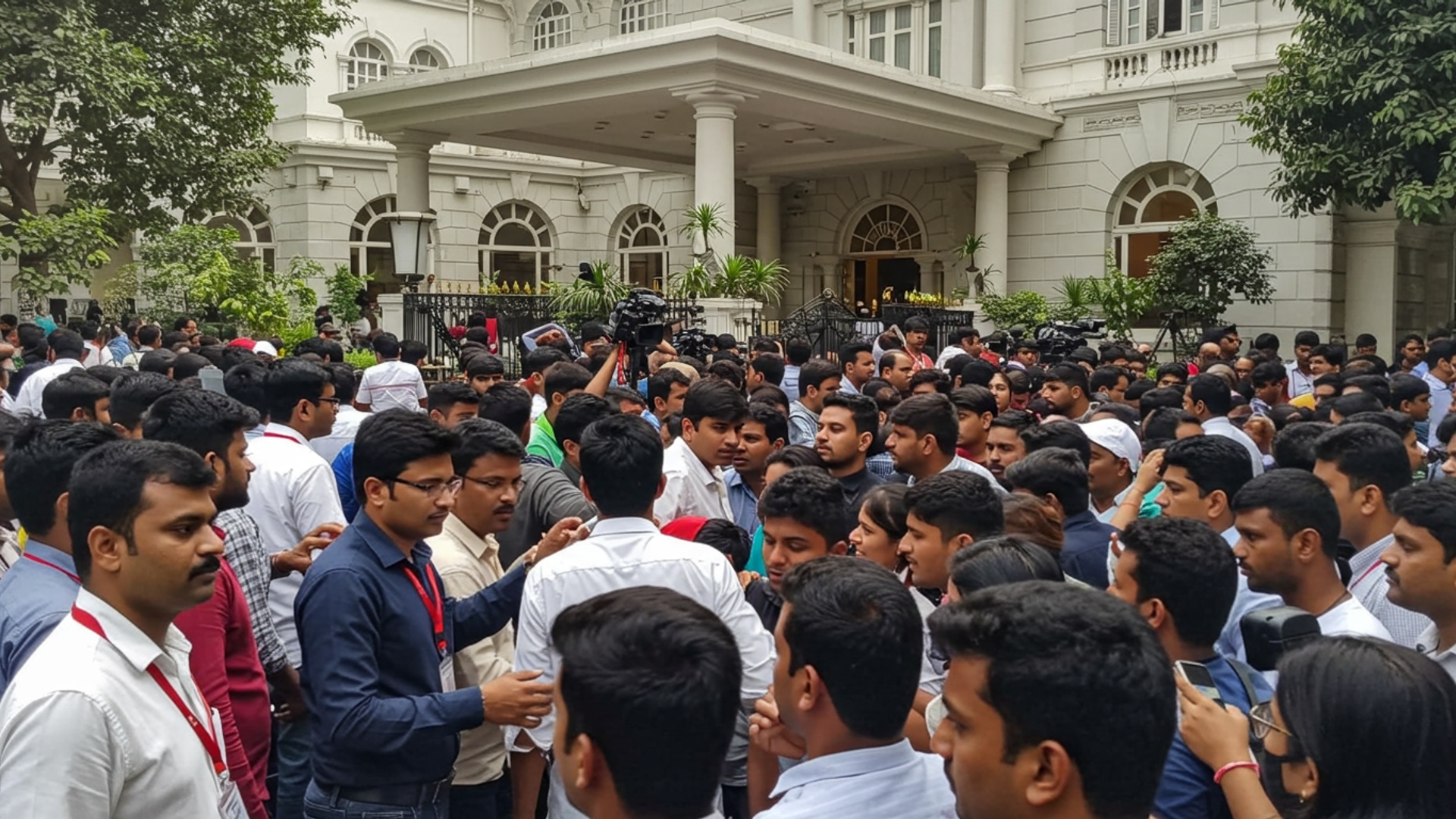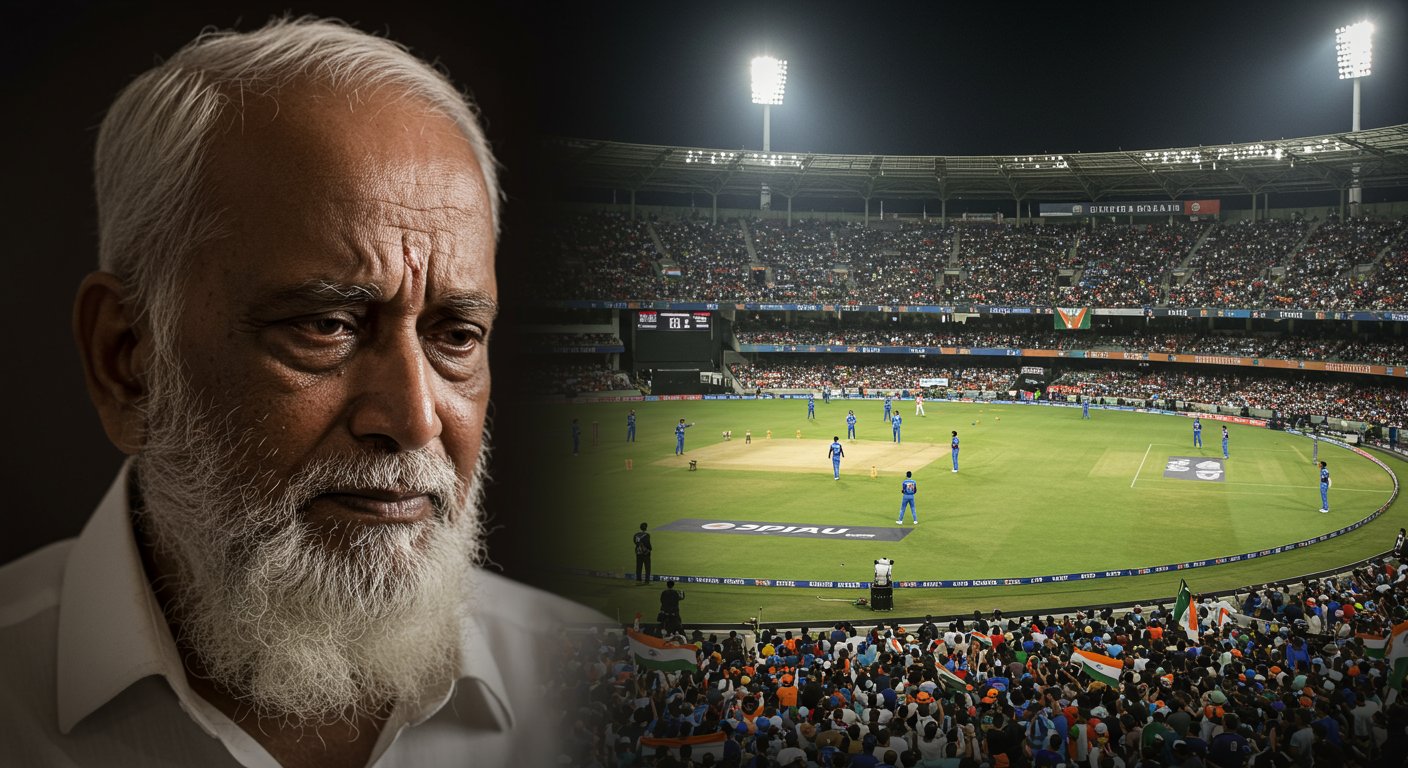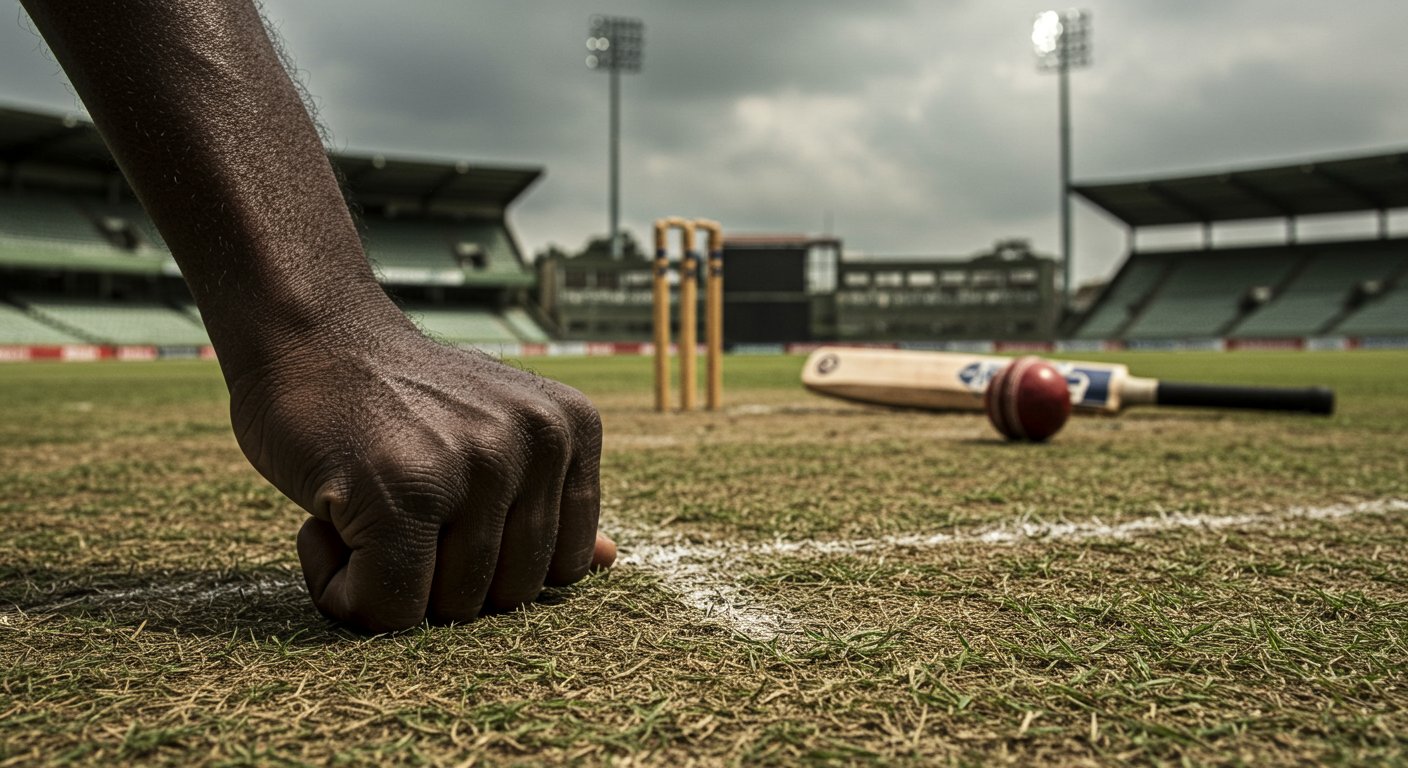An under-construction bridge in Kozhikode suddenly collapsed today, sending steel and concrete crashing down and causing immediate alarm across the city. The catastrophic failure of the partially built structure, a key part of the new bypass project, occurred this morning, bringing all work to an instant halt. In response to the shocking incident, local government officials swiftly ordered an urgent and comprehensive safety review for every ongoing public works project and construction site in the area. This collapse now raises serious questions about building quality and oversight, leaving residents deeply concerned about the safety of future city developments.
What Happened at the Bridge Site
A section of an under-construction bridge in Kozhikode, Kerala, collapsed on Thursday, August 14, 2025, causing concern among local residents and authorities. The incident took place around 3:30 PM at the Thorayikadavu bridge site near Koyilandy. A concrete beam, which was part of the bridge’s mid-section, gave way and fell. At the time of the collapse, workers were present at the construction site, actively engaged in the building process. Reports indicate that the collapse happened during the pouring of concrete for one of the bridge’s beams. Workers reportedly heard sounds of the structure giving way and managed to move to safety, averting a larger disaster. This quick reaction by the workers helped prevent more serious injuries or loss of life, turning what could have been a major tragedy into an incident with fewer direct impacts on human life. The area was immediately secured following the collapse to prevent further risks and to allow for official inspection. Local residents quickly gathered at the site, showing their concern and demanding answers about the safety of the ongoing work.
Immediate Effects and Help Efforts
Following the sudden collapse of the bridge section, immediate help efforts began at the Thorayikadavu site. While many workers had a narrow escape, some reports confirm that at least one worker, identified as Midhun, a supervisor, suffered minor injuries. He was taken to a local hospital for care. The quick response from the construction crew and local people helped ensure that no one was trapped under the fallen structure. Eyewitnesses described the loud noise as the concrete and iron rods plunged into the river below. A ferryman who was nearby described seeing the rods and concrete fall with a loud crash. workers running to safety. The construction work on the Thorayikadavu bridge has been stopped for now. This pause is to allow a full investigation into what caused the collapse and to make sure that the site is safe before any work can start again. Authorities have focused on assessing the immediate damage and ensuring the well-being of all involved, while also starting the formal steps required for an in-depth review of the incident.
About the Bridge Project
The Thorayikadavu bridge project is a major infrastructure effort meant to improve connections in the Kozhikode region. It is designed to link the Koyilandy and Balussery areas, specifically connecting the Pookkad and Atholi riverbanks or Chemancheri and Atholi panchayats. This bridge is seen as very vital for local people, as it is expected to make travel easier and help the local economy grow. The project is supported financially by the Kerala Infrastructure Investment Fund Board (KIIFB), an agency set up to fund big public works in the state. The total money set aside for the bridge is about ₹23. 82 crore to ₹24 crore, showing its importance in the region’s development plans. The construction work is being carried out by the PMR Group, a building company based in Malappuram. The Kerala Public Works Department (PWD)’s Road Fund Unit, or Kerala Road Fund Board, is watching over the construction process. The bridge project started in July 2023, with Public Works Minister Muhammed Riyas officially opening the work. The bridge is planned to be 265 meters long and 11 to 12 meters wide, a significant structure for connecting the two sides.
What May Have Caused the Collapse
Initial reports and observations point to several possible reasons for the bridge section collapsing. One explanation from Kerala Road Fund Board officials suggests the collapse happened during the casting of the 20th beam. They reported that a pipe used to pump concrete into the construction area got blocked. When pressure was increased to clear the blockage, the pipe jolted strongly, which made the temporary support structure, called a girder, unstable and caused it to slip. Other accounts from local residents and political workers suggest that the use of low-quality materials or poor construction methods might be to blame. They have raised concerns about carelessness on the part of the building company and the officials who were supposed to check the quality and amount of materials used. Also, some reports specifically mentioned that supporting iron rods welded underneath the girder gave way, leading to the collapse while welding and concreting were in progress. The incident has sparked allegations of construction flaws and negligence. An official investigation is now underway to find out the exact cause. Past incidents of bridge collapses in India have sometimes been linked to technical and structural problems, as well as maintenance issues. This incident highlights the critical need for strict quality checks and safety measures in all stages of bridge construction.
Government Takes Action and Orders Review
In response to the bridge collapse, the Public Works Minister, P. A. Mohamed Riyas, quickly ordered a full investigation. He asked the Project Director of the Kerala Road Fund Board (KRFB) to submit a detailed report on the incident without delay. The Minister stated that further actions would be decided based on what experts find in this report. This move shows the government’s commitment to finding out why the collapse happened and to holding those responsible accountable. Construction work at the Thorayikadavu bridge site has been stopped temporarily while the investigation is ongoing. The Public Works Department (PWD) in Kerala is responsible for managing and maintaining roads and bridges across the state. The government’s decision to order an urgent review is in line with standard procedures followed in India for such incidents, where detailed inquiries are seen as necessary to identify all reasons behind a mishap. Such investigations often look at all aspects, from design and materials to construction methods and supervision, to ensure that lessons are learned and applied to future projects.
Public Concerns and Calls for Answers
The collapse of the under-construction bridge has deeply worried the people living in Kozhikode and nearby areas. Local residents, who rushed to the site after the incident, held protests against the building company, PMR Constructions. demanded a thorough investigation. They voiced their concerns about the quality of work and pointed fingers at Public Works department officials, saying that they were not strict enough in checking materials used in construction. The public’s anger is also fueled by allegations that this is not an isolated incident. The opposition leader, V. D. Satheesan, claimed that this was the third major bridge under construction to collapse in Kerala in a short time. He has openly questioned if there are issues of corruption behind such public works projects and demanded that the government take strong action, similar to what was done in previous bridge-related cases. These comments highlight a broader public concern about the safety and quality of large building projects in the state. The calls for answers from various groups underline the need for full transparency and accountability from all parties involved in the Thorayikadavu bridge project.
Looking Ahead for Safety
The incident at Thorayikadavu bridge puts a strong focus on the need for better safety practices and quality control in all building projects, especially for vital public structures like bridges. Indian standards and rules for bridge safety are already in place, laid down by bodies like the Indian Roads Congress (IRC). These rules cover everything from how bridges are designed to how they are built and kept up. They stress the importance of using skilled workers and acting early to prevent problems. The central government has also recently made it necessary to use strong, rust-resistant steel in bridge building in areas near the coast, to make sure they last longer and are safer. After other bridge collapses in the country, there has been a push to involve safety experts, like the Commissioner of Railway Safety, very early in the design stage of major bridges, even for railway projects, to spot and fix problems before construction starts. The ongoing investigation into the Kozhikode bridge collapse will be crucial in finding the exact reasons and recommending changes. This event will likely lead to a re-evaluation of current safety checks and building methods to prevent similar incidents in the future and to rebuild public trust in infrastructure projects. The goal is to make sure that every bridge built is strong, safe. serves the community for its intended lifespan of at least 100 years. ![]()
